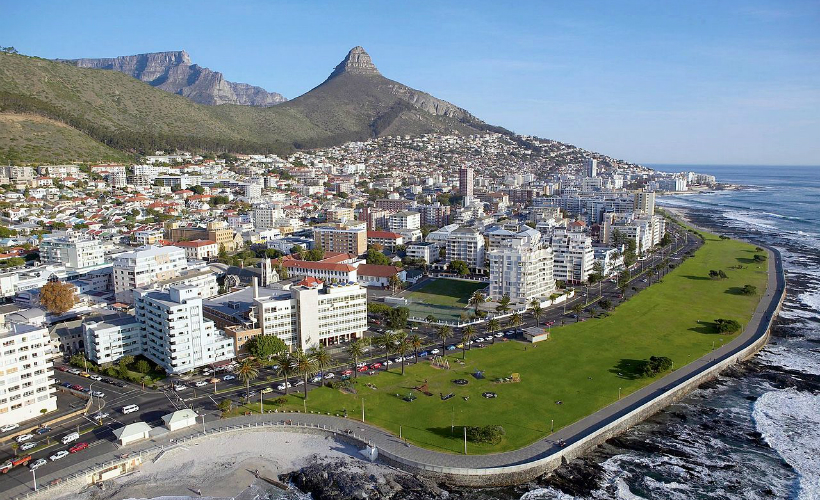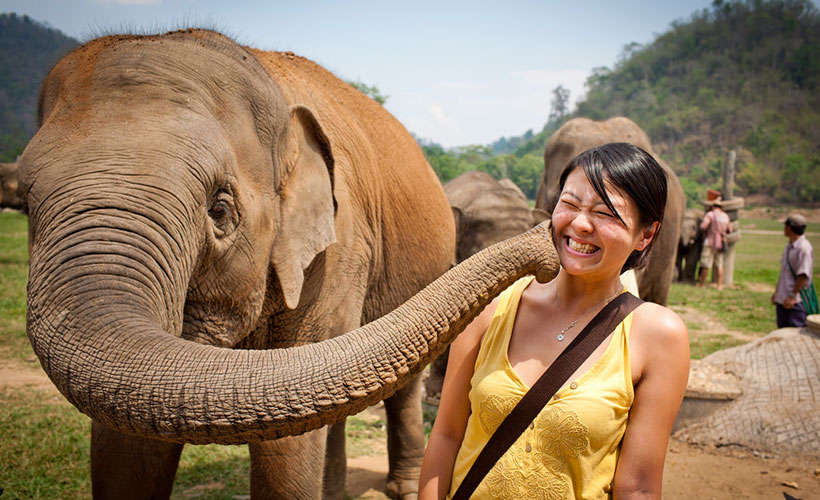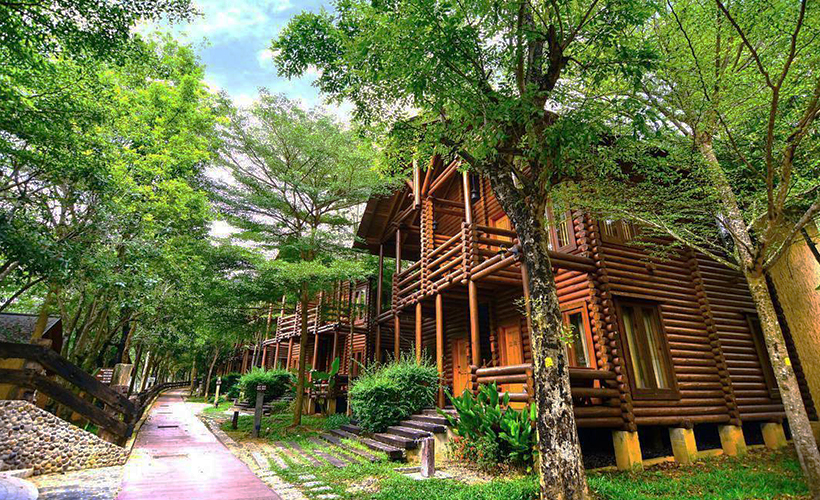
Salt pans are one of the most breathtaking phenomenons in the natural world. They are a photographer’s paradise, and offer an experience that is as surreal as it is awe-inspiring. Driving along the pans, it is easy to imagine that you are one of the only people in the world
It is believed that the Makgadikgadi salt pans in north-eastern Botswana are the biggest in the world. It is not difficult to see why if you take into consideration that they stretch about 12,000 square kilometres. Usually the plains are dry and white, and seem to reach endlessly to the horizon. In years with good rain, the plains transform into grasslands that attract birdlife and herds of game like zebras, wildebeest, eland, giraffe, elephants, springbok, and dozens (sometimes even hundreds) of flamingoes. Of course this attracts predators and impressive hunts could be seen if you should be so lucky.

During the rainy season the pans turn into powder blue lakes – a reminder of the large lake that the Makgadikgadi was in prehistoric times. It is believed that the Makgadikgadi was the largest lake in Africa. Today, during dry seasons it is transformed into a spectacular salt pan surrounded by a sandy desert. The pans can be described as a salty desert with very little plant life but for a thin layer of blue-green algae.
The Makgadikgadi lies between Maun and Francistown, and consists of the sowa, ntwetwe, kudiakam, nxai, and kaucaca pans. It also encompasses Kubu Island with the huge baobab trees – an African icon. The oldest and largest baobab is about 5,300 years old, and is said to have been used as the first mailbox in this area.
There are a number of accommodation options in the Makgadikgadi Pans National Park, ranging from budget to luxury, providing something for everyone.
There are many activities in the area including game drives, bird watching (don’t miss the flamingoes), bushwalks of historic trains guided by experienced bushmen, and even quad-bike excursions.

These pans have been inhabited by people since the stone age. There are many archaeological sites scattered throughout the pans where you can see early man’s tools, and bones of fish and animals they consumed. Today there are many villages like Mopipi, Mmatshumo, and Nata that are still settled along the edges of the pans.
The area was declared a game reserve in 1970. In December 1992, it was enlarged and turned into a national park. The park itself is 4,900 square kilometres and was once completely submerged by Lake Makgadikgadi. It is estimated that the ancient lake covered between 60,000 and 80,000 square kilometres. The lake dissipated after tectonic activities tilted the continent, and water flowed to the ocean through Mozambique, and along the Zambezi over the Victoria Falls.
Offering a unique experience in Africa, the salt plains in Botswana is an experience not to be missed on your trip through the continent. It has endless vistas, the magical salt pans, and an abundance of wildlife.



